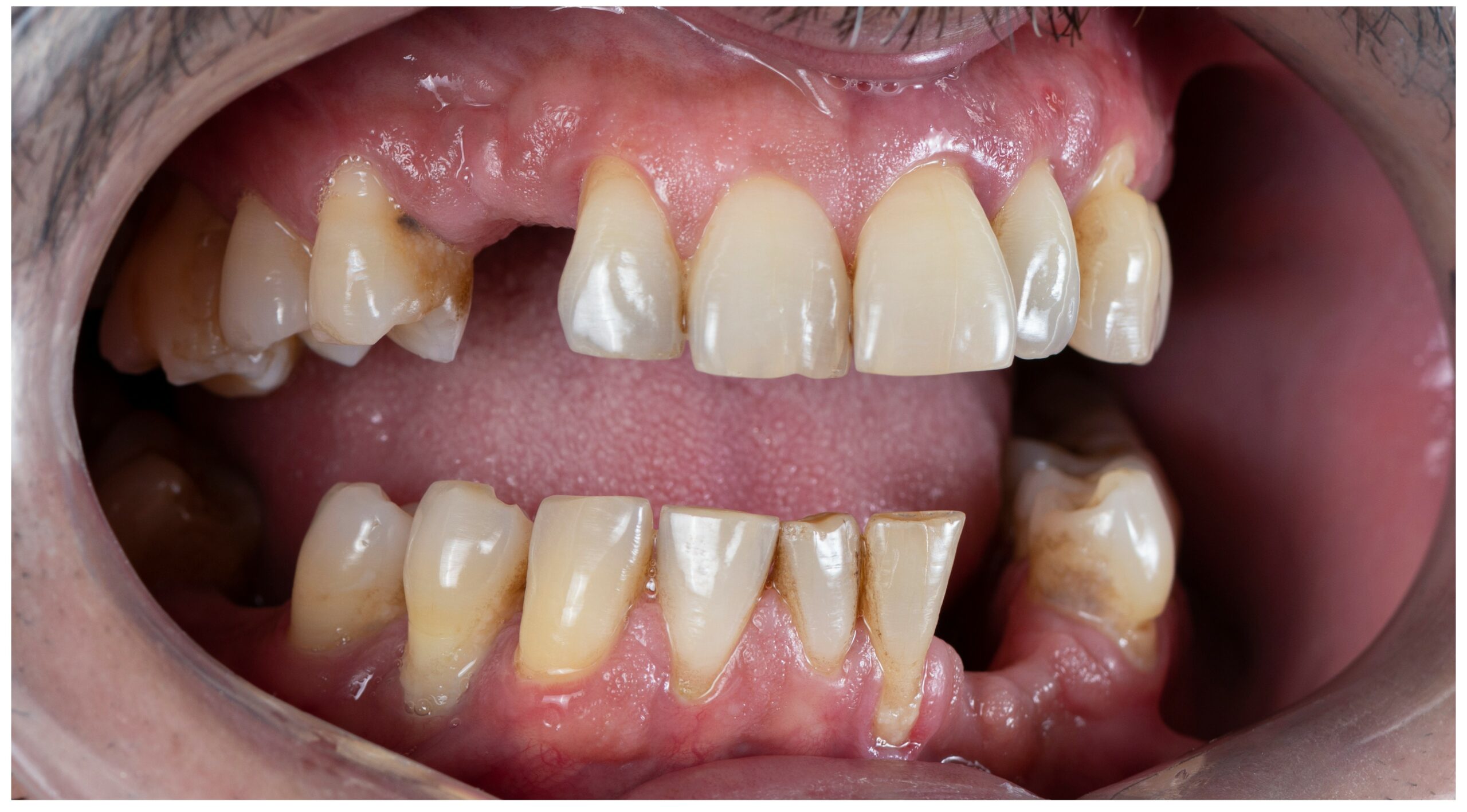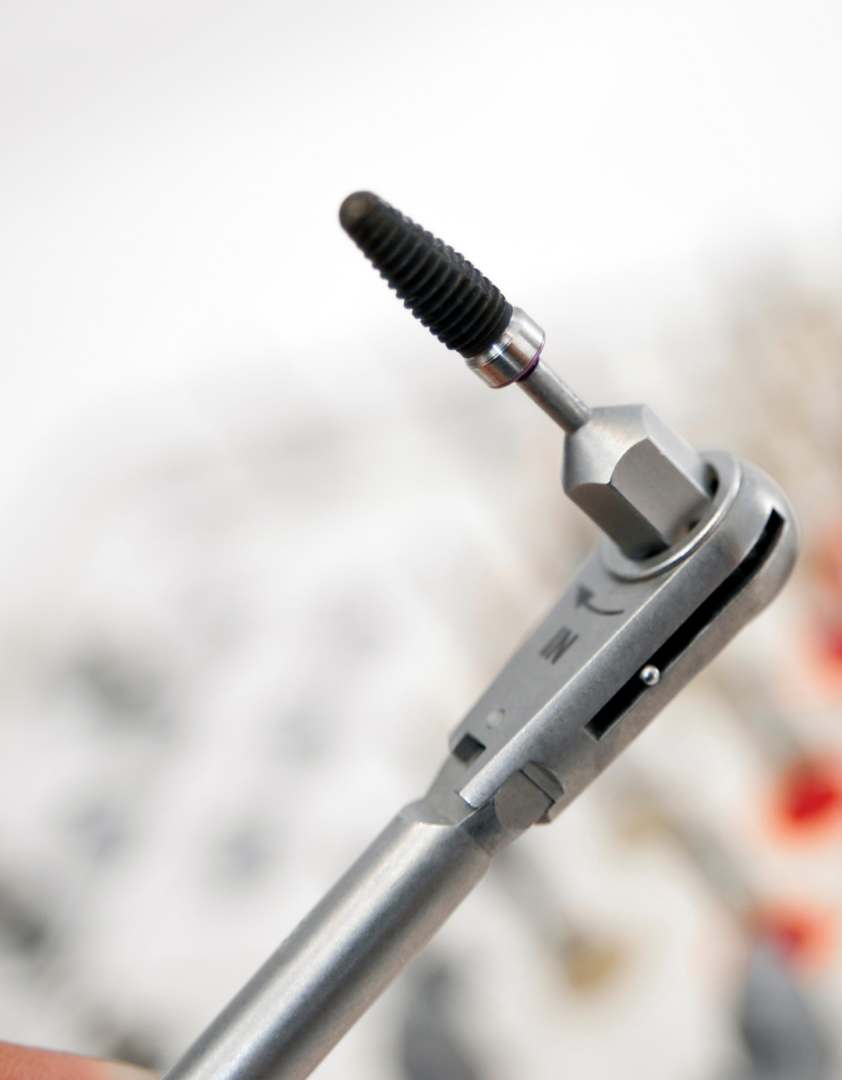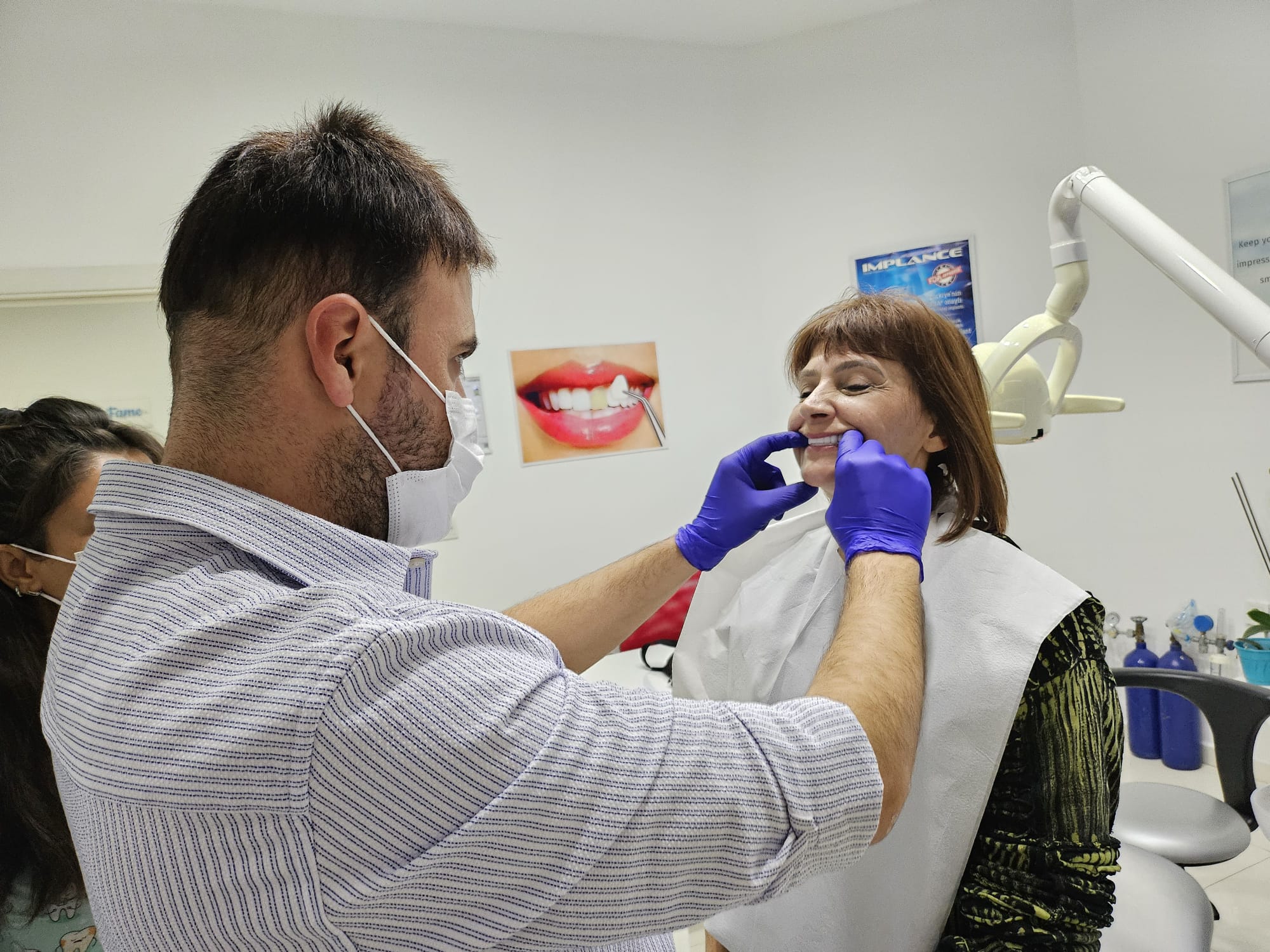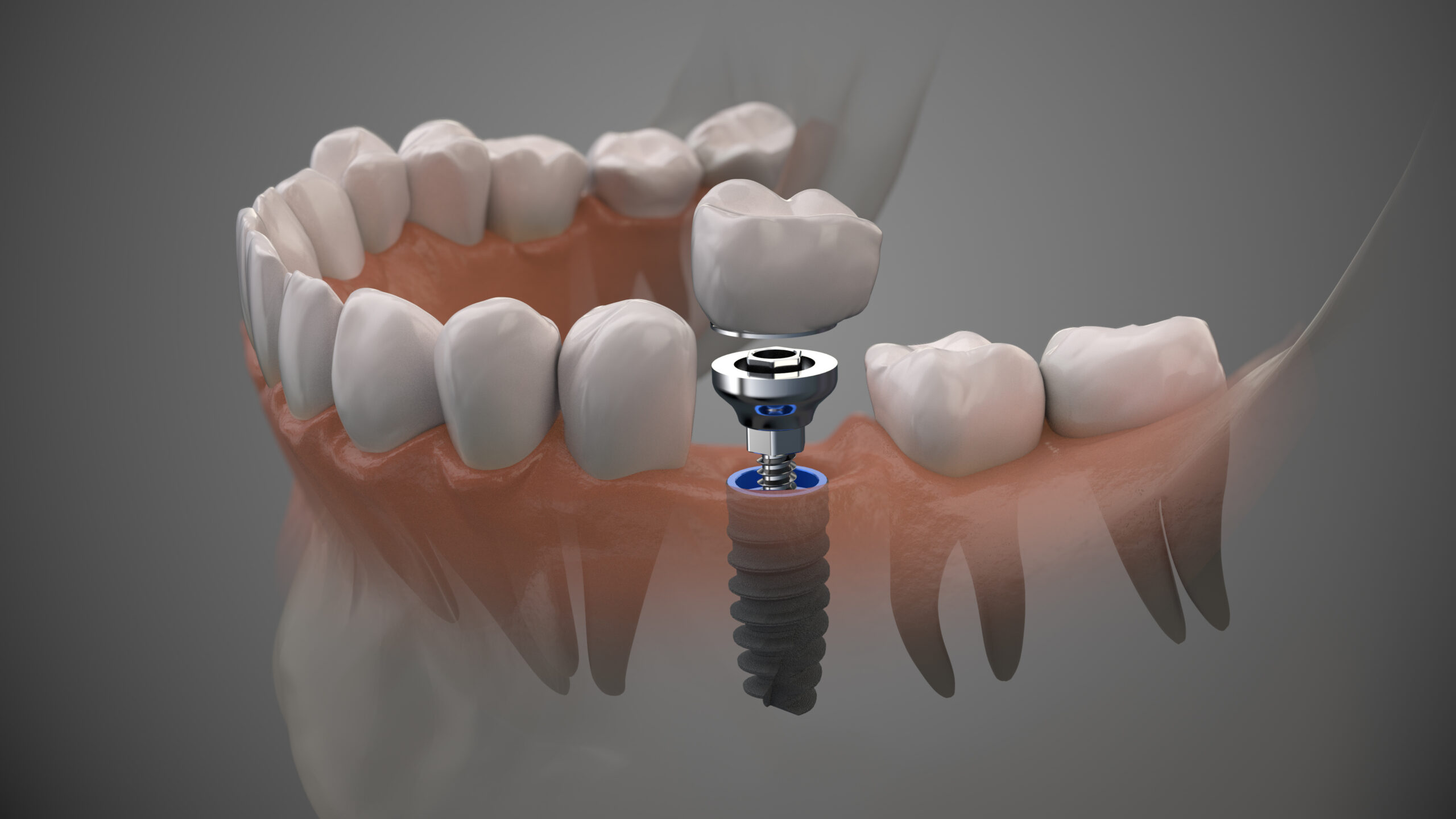Selected Suitablility for patients with sufficient healthy adjacent teeth for support.
When discussing the suitability of dental bridges for patients with sufficient healthy adjacent teeth for support, several key points come into focus:
Abutment Teeth Requirement:
Dental bridges rely on adjacent healthy teeth, known as abutment teeth, for support. These teeth are typically prepared by removing a portion of their enamel to accommodate the bridge. Therefore, patients considering dental bridges must have adjacent teeth that are structurally sound and healthy enough to support the bridge.
Suitability of Adjacent Teeth:
Before recommending a dental bridge, a dentist will thoroughly evaluate the health and integrity of the adjacent teeth and suitability for bridges, to ensure they can withstand the additional load and stress associated with supporting the bridge. Teeth with significant decay, damage, or gum disease may not be suitable candidates for supporting a dental bridge.
Conservative Treatment Approach:
Dental bridges offer a conservative treatment option for replacing missing teeth, especially when adjacent teeth are healthy and can provide stable support for the bridge. Compared to dental implants, which require surgical intervention and may involve more extensive treatment, bridges can be a less invasive solution for certain patients.
Preservation of Natural Tooth Structure:
While dental bridges require the preparation of adjacent teeth, they can help preserve natural tooth structure by filling the gap left by missing teeth and preventing adjacent teeth from shifting out of alignment. By maintaining proper tooth alignment and occlusion, dental bridges contribute to overall oral health and function.
Patient Suitability Considerations:
Not all patients may be suitable candidates for dental bridges based on their individual oral health needs and treatment goals. Factors such as the number and location of missing teeth, overall oral health status, and patient preferences will influence the treatment and suitability for bridges.
Alternative Treatment Options:
For patients who lack sufficient healthy adjacent teeth for supporting a dental bridge, alternative treatment options such as dental implants or removable partial dentures may be considered. These options provide alternatives for tooth replacement that do not rely on adjacent teeth for support.
In summary, dental bridges are suitable for patients with sufficient healthy adjacent teeth for support, providing a conservative and effective solution for replacing missing teeth. However, thorough evaluation and consideration of individual patient factors and suitability are essential to ensure the success and longevity of dental bridge treatment. Consulting with a dentist can help patients determine the most appropriate treatment option based on their unique oral health needs, circumstances and suitability for bridges.




